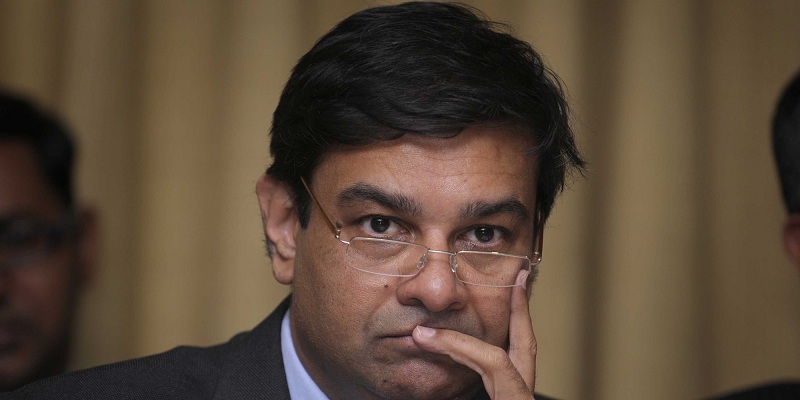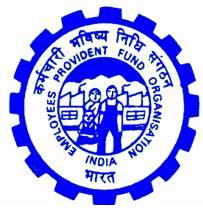
The Real Estate (Regulation and Development) Act, 2016, or RERA for short, has come into effect from May 1, 2017.
In large sections of the media, the RERA is being projected as a saviour for the home buyers. But will it turn out to be like that?
Will builders stop taking home buyers for a ride?
Will home buyers get the same home and facilities, which had been advertised, and which had been paid for?
Will the home buyers ever come to know what is the exact size of the home that they are paying for?
Will a builder still manage to not finish the project and disappear with the money he had taken from home buyers?
Will builders stop demanding black money?
The RERA is expected to make things better for the prospective home buyer, at least in theory. But in practice it’s off to a bad start.
While RERA is a central Act, land is a state subject. The Indian constitution divides legislative actions into three lists: a) union list b) state list c) concurrent list, on which both the state governments and the union government can legislate. Land is a state subject. Construction of homes requires land. And given this, the different state governments need to come up with the operational rules to implement RERA.
And this is where the entire idea of RERA protecting the interest of the home buyers seems to be going for a toss. First and foremost, even though the Act has come into effect from May 1, 2017, many state governments are yet to notify the operational rules in order to implement RERA.
A Crisil Research note titled Most states miss RERA deadline and dated May 2, 2017, points out: “Despite continuous monitoring and follow up by the Ministry of Urban Development and Housing, Government of India, only nine states (Andhra Pradesh, Bihar, Gujarat, Kerala, Madhya Pradesh, Maharashtra, Odisha, Rajasthan, and Uttar Pradesh) and six union territories (Andaman and Nicobar Islands, Chandigarh, Dadra and Nagar Haveli, Daman and Diu, Lakshadweep, and National Capital Territory of Delhi) have notified their respective Real Estate (Regulation and Development) Rules, 2017.”
Given that Union Territories are largely in control of the union government, it isn’t surprising that the operational rules are in place. But only around one-third of the states have notified the operational rules of RERA. And this in itself shows how serious state governments are about implementing RERA.
Further, even those states which have passed operational guidelines have diluted the Act in the process. As per the RERA, an ongoing project is basically a project “for which the completion certificate has not been issued” on the date of commencement of the Act. This basically makes sure that many home projects which are work-in-process come under the Act.
Several states have diluted this definition. Crisil Research points out: “Andhra Pradesh, Kerala and Uttar Pradesh have altered this definition in their notified rules.” In case of Gujarat, the operational rules do not mention any definition of an ongoing project.
The operational rules of the Haryana government also dilute the definition by stating that projects which have applied for a part completion certificate or an occupancy certificate will not come under the RERA, if the certificate is granted. This has led to many builders rushing to get an occupancy certificate to ensure that their project does not come under the Act.
As a newsreport in The Economic Times points out: “Developers in Haryana are making use of the window provided by the draft state RERA rule, published on Friday [April 28, 2017], to get out of the ambit of the regulatory authority. On the first working day after the draft rule was announced, over 50 applications were submitted with the department of town and country planning (DTCP), seeking occupation certificates (OC).” In the days to come, many more applications are expected to be submitted. This has basically made a mockery of what RERA was trying to achieve.
There are other dilutions that have been made as well. As Crisil Research points out: “According to the central legislation, the model sale agreement is required to specify 10% advance payment, or charge an application fee from buyers, while entering into a written agreement for sale. In addition, in case of any structural defects arising within five years of handing over the possession of project to buyers, developers will be liable to rectify such defects without further charge. However, there is no clarity on these clauses in most states’ RERA notifications.”
Another important clause in RERA is the escrow account clause. As the Act states: “seventy per cent of the amounts realised for the real estate project from the allottees, from time to time, shall be deposited in a separate account to be maintained in a scheduled bank to cover the cost of construction and the land cost and shall be used only for that purpose.”
Hence, 70 per cent of the money taken from the home buyers by the builder needs to be maintained in a separate escrow account and needs to be used only for the purpose of building the homes. Also, this money needs to withdrawn in proportion to the percentage of completion of the project.
This is a key clause in RERA and was put in to stop the builders from raising money for a project and then using it for other things like completing an earlier project or paying off debt that was due.
The operational guidelines of many states are not clear on this. Like the operational guidelines of Gujarat, do not mention the norms for withdrawal of money from the escrow account of the project. The operational guidelines of Kerala state that “70% (or less, as notified by the government) of the amount realised by developers to be deposited in a separate account.” There is no clarity on withdrawal of money from the escrow account. This is true even for the guidelines issued by Madhya Pradesh.
Over and above this, RERA recommends imprisonment and fines for non-compliance with the Act. Several states have diluted this as well. Long story short—while the idea behind the RERA might have been noble to protect the buyers from the builders, but the state governments have managed to dilute that core purpose to a large extent.
The column originally appeared on Firstpost on May 3, 2017.



